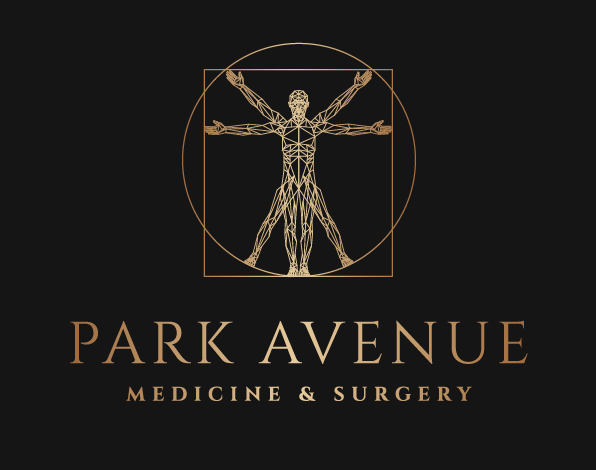Importance of Epigenetics
For the longest time, it was thought that the genome was entirely responsible for one’s biological characteristics, such as phenotype or the carrying of an allele for a certain disease. Researchers would often make this assumption when studying the cause of certain diseases. However, after hitting roadblocks under this paradigm, the function of the genome was then reassessed. The reassessment eventually led to the doubtfulness of the assumption that the genome was entirely responsible for all of one’s biological characteristics. Researchers came to this doubtfulness after investigating breast cancer patients without the BRCA gene mutation, after studying non-genotoxic carcinogens, and after considering concepts such as cell differentiation.
If one were to look at the case of breast cancer without considering the epigenetic contributions (meaning contributions that do not cause changes in the gene), they would probably assume that the cancer’s development would be due to the patient’s possession of the BRCA-1 or BRCA-2 genes (mutant strains of the BRCA gene associated with breast and ovarian cancer). However, the statistics show that, in actuality, only 7% of breast cancer cases in the general population are estimated to be of carriers of the BRCA-1 and BRCA-2 genes. So, although the possession of the genes dramatically increase the risk of developing the cancer, it is not an ultimatum.
In the study of carcinogens, it was commonly thought that chemically induced cancer was solely due to genotoxic chemicals, or chemicals that cause damage to the gene. However, this was questioned after observing that the risk of cancer in former smokers was dramatically lower than that of active smokers. This suggests that the carcinogens in cigarette smoke do not mutate our DNA sequence, because if it did then the risk of cancer would stay stagnant in former smokers – not lower. After further investigation, it was found that 64 carcinogens of the list of 162 were not genotoxic. Thus, although a correlation between mutagens and carcinogens exists, they are not synonymous.
Another idea that deprecates the role of the genome is that of cell differentiation. It is known that every single cell in our body possesses the same 2-meter long invariant DNA sequence that stores all of the genetic information of the organism. However the question that used to puzzle scientists was that if all of our cells have the same DNA sequence, how is it that they have different structures and functions? The answer to this, which also explains why patients can develop breast cancer without the BRCA gene mutation and how non-genotoxic chemicals can be carcinogens, is the epigenetic contributions done on the DNA sequence. The epigenetic contributions make it so that each cell only uses and expresses certain genes that pertain to its specific function.
As our DNA that makes up our genome is very long (2 meters), our cells need to package DNA by wrapping it around histone proteins. Forming repeated units of nucleosomes, this DNA-protein complex is known as chromatin, which can be condensed further into chromosomes. The core of one nucleosome is composed of DNA wrapped around a histone octamer. This organized DNA-protein complex allows the cells to regulate what genes are expressed and when. This is done by the use of chemical tags on either DNA sequence or histone tails. These tags, most commonly methyl or acetyl groups, modify gene expression by either closing or opening the chromatin respectively. Silenced genes occur when the chromatin is in a repressed state, and active genes occur when the chromatin is in a more open state.
Because epigenetics is responsible for determining what genes are turned on or off, there are tons of studies that link epigenetics to a large assortment of diseases and conditions. This provides much insight on how to develop different therapies that could treat diseases. The recent progress in epigenetics is reshaping the medical field as scientists are making advancements that were previously thought to be unimaginable.
References:
B. Claus, Elizabeth & M. Schildkraut, Joellen & Douglas Thompson, W & J. Risch, Neil. (1996). The genetic attributable risk of breast and ovarian cancer. Cancer. 77. 2318 - 2324. 10.1002/ (SICI) 1097-0142(19960601)77:11<2318: AID-CNCR21>3.0.CO; 2-Z.
James E. Trosko, Brad L. Upham. 2005. The emperor wears no clothes in the field of carcinogen risk assessment: ignored concepts in cancer risk assessment, Mutagenesis, Volume 20, Issue 2, March 2005, Pages 81–92, https://doi.org/10.1093/mutage/gei017
Moosavi, A., & Motevalizadeh Ardekani, A. (2016). Role of Epigenetics in Biology and Human Diseases. Iranian biomedical journal, 20(5), 246–258. doi:10.22045/ibj.2016.01



